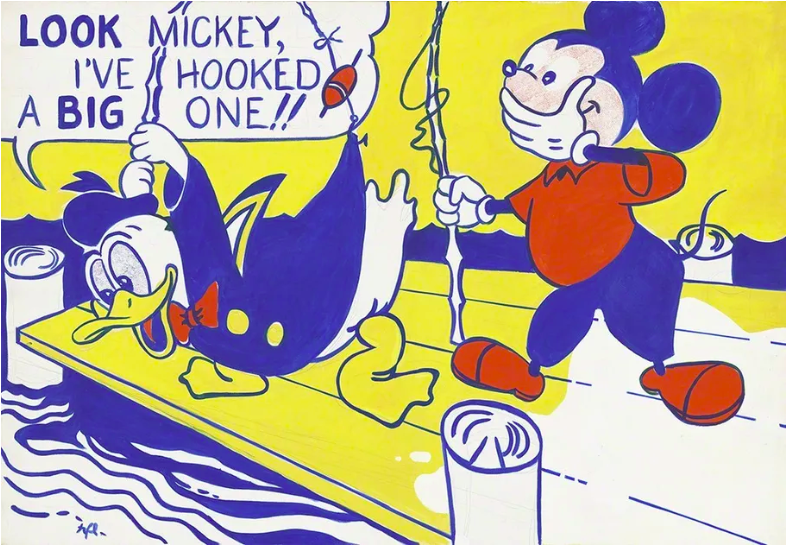
Have you ever thought about how certain products make massive breakthroughs in the market, how they have been elaborated, what was the process like? What is the special ingredient that these company use to approach problem solving that makes their product conquer global markets?
Speaking of creative problem solving, Design Thinking is easily the most popular and powerful tool for innovation and problem-solving that is centred around the human experience. It is build around empathy/understanding of the user’s needs, rapid prototyping, iteration, and interdisciplinary collaboration. This approach has been used by leading companies, startups, and organisations across various industries across the world to create products, services, and experiences that meet the needs of the users.
However, many companies have elaborated their own creativity methods that involve parts of design thinking approach, but entirely.
Let’s explore creative problem solving approaches from some of the global giants and see how it’s applied in various contexts.
Companies like Google, Airbnb are wonderful examples of applying Design Thinking methodology into bringing innovations to life. They take their products through every step of the Design Thinking methodology, that are:
- Understanding the needs and perspectives of the customers,
- Framing the problem that is specific, actionable, and focused on the user’s needs,
- Brainstorming, sketching, or any other technique that encourages free-flowing, creative thinking,
- Elaborating physical or digital prototypes/mock-ups to test to refine the idea,
- And, finally, getting feedback and iterating on the solutions until it works.
Through the application of Design Thinking, these companies have been able to create successful and innovative products that we enjoy using on daily basis.
Amazon’s design thinking approach is slightly different in its steps, so let’s explore those in details.
Amazon has elaborated “Working Backwards” Framework to develop new products, features, and services. This framework is also based on the idea of starting with the customer and working backwards to develop a solution that specifically meets their needs.
Here are it’s key steps:
- Start with identifying the customer’s needs, preferences, and pain points. This involves conducting customer research and developing detailed customer personas.
- Write a press release announcing the new product or feature as if it has already been launched. This press release is customer-focused and highlights the benefits of the new product or feature.
- Create a FAQ that answers the most common questions customers might have about the new product or feature. This helps ensure that all important details are considered during the development process.
- Develop a user manual that outlines how the new product or feature works, including step-by-step instructions and troubleshooting tips.
- Use the information gathered to develop the new product or feature, using an iterative development process that incorporates customer feedback and testing.
Design Thinking has proven to be efficient for multiples companies across industries, however, many companies have elaborated their own creativity methods that has proven to be very successful as well. Let’s deep-dive into (imho) the most iconic one.
I think, we’ll all agree that Disney has a special place in the hearts of the many across the globe. Its iconic movies and characters have touched the lives of generations. They have certain touched mine.
Walt Disney elaborated the Disney Creativity Method, also known as Disney’s Three Creative Roles, that is a creativity technique approaching a problem/idea from three different perspectives or “roles”: the Dreamer, the Realist, and the Critic.
Here’s how each the roles work:
The role of a Dreamer is all about brainstorming and generating new ideas without any limitations or restrictions. The Dreamer is encouraged to let their imagination run wild and come up with as many ideas as possible, regardless of how unrealistic or unfeasible they may seem.
The Role of a Realist is to shift focus to figuring out how to make the Dreamer’s ideas a reality. The Realist considers the practical aspects of the idea, such as the resources needed, potential obstacles, and how the idea could be executed in the real world.
The Role of a Critic is all about evaluating and refining the idea. The Critic asks questions and offers constructive criticism to help improve the idea and make it stronger.
The method is about moving through each role in sequence, starting with the Dreamer, then moving to the Realist, and finally ending with the Critic. This allows for a more well-rounded and thorough exploration of the idea, and can help identify potential problems or weaknesses that might have been missed if only one perspective had been considered.
For example, the Dreamer might come up with the idea of a theme park based on the movie “Avatar”. The Realist would consider the practical aspects of the project, such as budget, timeline, resources and might also suggest an alternative such as using VR technology to create an immersive “Avatar” theme park experience, rather than building a physical sets. The Critic, who is objective, analytical and is always looking for flaws or weaknesses in the ideas, will point out that a virtual reality theme park experience might not be accessible for those with motion sickness or disabilities.
Fun Fact: The Critic only gets to communicate with the Dreamers through the Realists and never directly 🙂
These are just a few examples of the many creativity methods and frameworks that big companies have developed to encourage innovation and creativity. Each approach is unique and tailored to the specific needs and culture of the company, but they all share a focus on empathy, experimentation, collaboration and user-centered design.
What is your creative problem solving approach as a company?